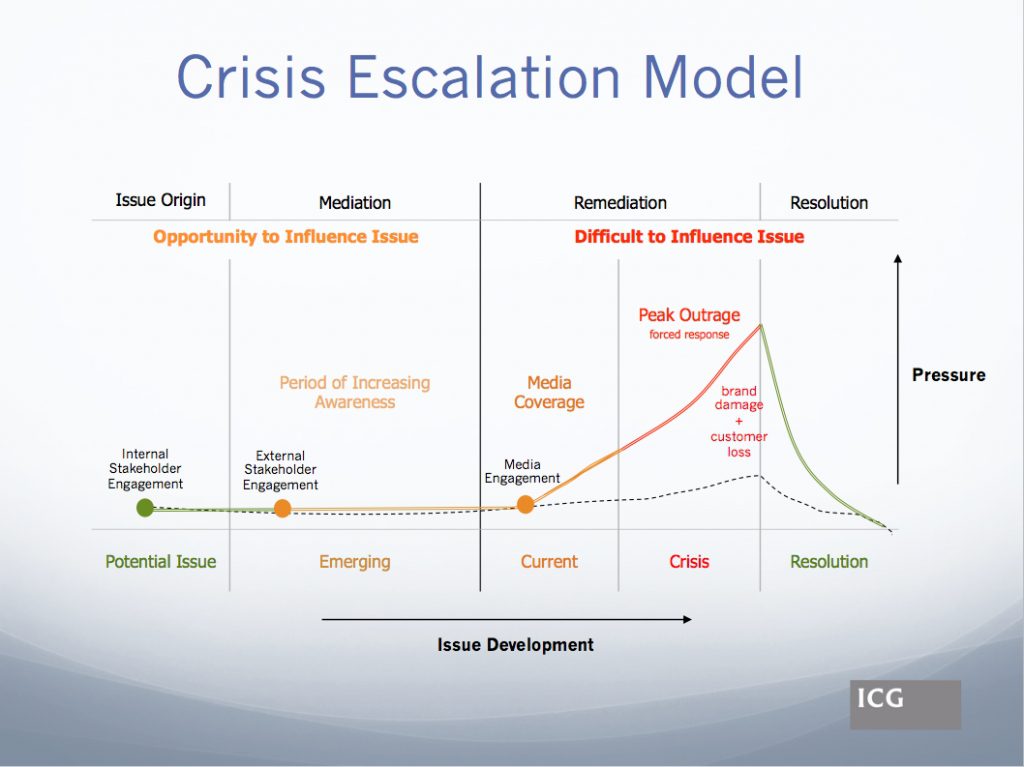For communication professionals there is nothing like the hotly contested Federal Election 2013 to highlight the naked workings of audience targeting, communication and message management.
The volume of media commentary on the current Federal election campaign is enough to drown out the original message of the combatants.
But through the fog of the so-called analysis the key questions remain – who are the major parties trying to reach and what are they trying to tell them?
The key audience is neither the comfortable middle class in leafy suburbs nor the inner city social progressives. Most of them have long ago made up their minds.
Most of the messages are crafted and directed at the group that used to be called ‘Howard’s Battlers’ – the working class and lower middle class families in western Sydney, the outer suburbs of Brisbane and the urban fringe of Melbourne.
With Victoria being a federally traditional red state the big game is Western Sydney and South East Queensland.
A short ride in a Sydney taxi will give you a pretty clear view of the groupthink of the West.
While Alan Jones or John Laws may be enough to make Southerners cringe, there is a reason their shows are almost exclusively listened to in Sydney’s cabs – Jones and Laws reflect what their audience is telling them.
Rupert Murdoch’s Sydney tabloid is no different.
It is no accident that the Herald Sun has not run against Labour as aggressively as the Daily Telegraph. News Ltd knows it can push the envelope past breaking point in Sydney because their research tells them that their audience is receptive.
While Victorians may not be too concerned about asylum seeker boats floating up the Yarra and find the whole ‘get-tough’ talk repugnant, the issue generally won’t change their votes.
Meanwhile, those in western Sydney, for whatever reason, see the ‘flood of illegals’ as a clear and present danger to their economic and social well being.
It may be difficult to rationalise and understand some of the more trenchantly held views in key battle-ground electorates but that makes them no less likely to determine the outcome.
It is no surprise that when it comes to policy substance the parties have worked to minimise differences. The ETS and the yet-to-raise-much-money Mining Tax, are about the only real points of variance.
Whilst there is a debate about economic management, the Coalition has always had a stronger position on this. However, they too have to make some promises to secure the base, meaning they also find themselves in a bit of a budget bind.
Now that the thin veil of positivity has been stripped away the true messages are being rammed home.
Both are incontrovertibly negative.
For the Coalition it is “This lot stuffed up the last 6 years and can’t run a chook raffle. Why would you give them another 3 years?”
For Labor it’s “Tony Abbott is going to strip away your government services and benefits and raise the GST, plus he is a sexist and a homophobe.”
We can expect further shrill and alarming presentations from both scare campaigns as we hurtle towards election 2013.
For Labor another late change of leader is a clear attempt to break with immediate past history and frame a debate around the perceived greater popularity of the resurrected Rudd over the fear of an unbridled Abbott.
Rudd is correct that the government is the underdog in this fight. The mathematics of having to win seats to stay in power makes it a very tough ask.
The accepted wisdom is that governments get thrown out of office, not elected. Even Obama’s groundswell in 2008 was largely motivated by a generational desire to throw the other lot out.
Although Tony Abbott could completely throw it away with one major gaffe, I’m prepared to call a Coalition win on September 7.
The past three years of fairly disciplined (albeit robotic) message management suggests the fatal gaffe won’t happen.
Post People’s Forum Note:
Quite apart from the “does this guy ever shut-up” moment that would not have changed one vote, each leader’s final pitch in the Brisbane head–to–head stuck entirely to script. To paraphrase, Abbott, ‘his mob have been hopeless, don’t reward them’. And Rudd, ‘he and his mob are scary don’t trust them.’
No reason to change the prediction.
John Kananghinis






